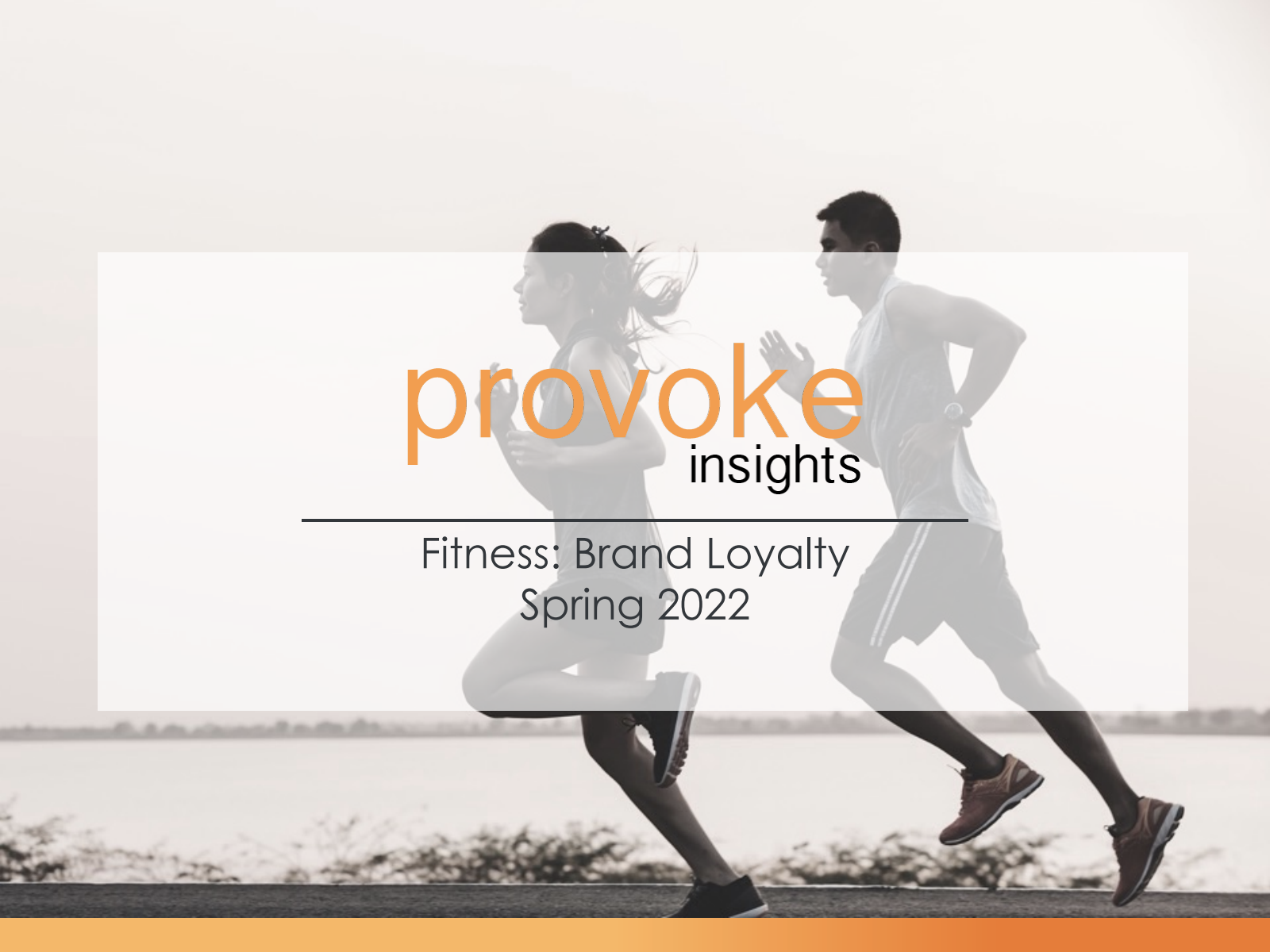When the COVID-19 pandemic hit, consumers were forced indoors but found that they had more time to focus on themselves. As boredom grew and the walls of homes closed us in, many took respite in the outdoors with activities like running, walking, hiking, biking, and golfing. As many now return to offices and schedules become packed again, are people still prioritizing their fitness like they were during the peak of the pandemic? Who is still exercising and buying fitness gear, and how are they making these purchases? Provoke Insights’ designed our fourth wave of in-house research to track consumer mindsets, purchasing trends, and brand loyalty in several industries, including fitness.
Americans are Active
Americans choose to get moving in their free time. Over half (51%) of Americans report that they exercise as a hobby. Additionally, outdoor activities remain popular, as many Americans continue to enjoy activities like camping/hiking (31%) biking, and golfing (13%.)
Despite being active, fitness gear tends to be a more infrequent purchase. Few Americans have bought these types of items in the past month (12%). This is slightly down from 2021. The fitness purchaser remains to be a coveted consumer target. They are likely affluent, employed full-time, and parents with children in the household. While they report being optimistic about their future, they remain concerned about the impact of COVID on their health.
Where are Fitness Shoppers Shopping?
Although in-store shopping for fitness gear is strong, online purchasing continues to grow more popular among this target audience. Over half (55%) prefer buying from e-Commerce sites or the brand’s website, compared to 44% who would rather purchase in-stores. While many consumers are confident to shop in person again, the convenience and ease of shopping online is a growing trend that many fitness brands should consider when targeting this audience.
Brand Loyalty is Low
Brand loyalty for fitness gear has room to improve. Out of 15 industries that were scored by brand loyalty, fitness gear ranked 11th with a score of -8.39. However, fitness gear ranked higher for loyalty compared to outdoor gear (-11.89) and general apparel (-15.99).
Among those who purchased fitness gear in the past month, one-third say that they only or mostly purchase one brand. Since the remaining two-thirds (68%) are open to purchasing new brands, there is an opportunity for these brands to win over this audience in the early stages of the consumer journey.
Download the full report for free here.
Methodology
Provoke Insights conducted a 15-minute survey in the spring of 2022 among 1,500 Americans between the ages of 21 and 65. A random stratified sample methodology was used to ensure a high degree of representation of the U.S. population (household income, age, gender, geography, ethnicity, and children in the household). Statistical differences between subgroups were tested at a 95% confidence level. The margin of error is +/-2.5%.











